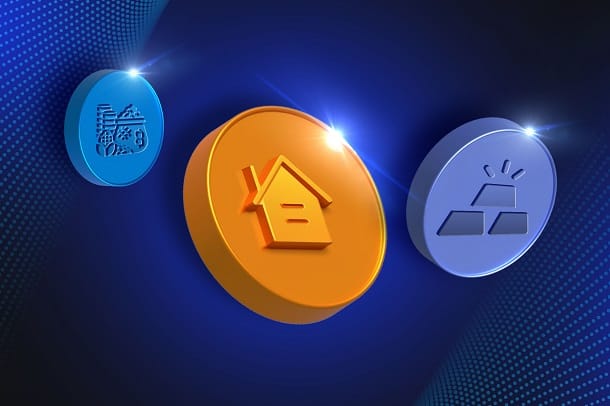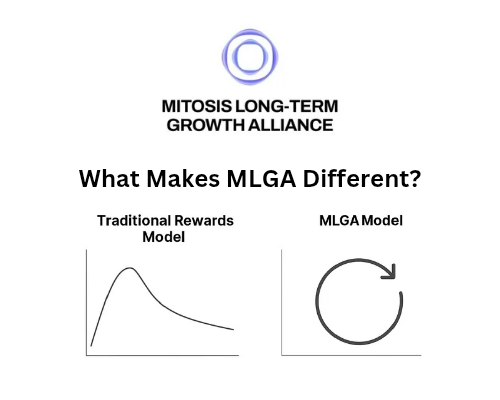The Rise of Real-World Assets (RWA) in Crypto: Bridging Traditional Finance and DeFi

Over the past few years , crypto has gone through a lot of booms , crashes , memes , scams , innovation. But lately , there’s been a growing trend that feels like a real bridge between traditional finance and the decentralized world: Real-World Assets (RWAs).
Let’s talk about why this matters and why you should probably be paying attention.
So , what exactly are RWAs?
In simple terms , RWAs are physical or traditional financial assets like real estate , gold , government bonds and invoices that get tokenized and brought onto the blockchain. Think of it as putting real-world value into a digital form that can be traded , used as collateral , or even fractionalized.
Let’s break it down with an example: Imagine a commercial property in Lagos worth $1 million. Instead of going through a complex legal and banking process to invest in it , you can tokenize that property say , into 1 million tokens worth $1 each and investors from anywhere in the world can buy a fraction of it instantly.
Why is this such a big deal?
Because crypto , even all its innovation , often lacks connection to tangible value. RWAs can change that. They can:
- Stability in a Volatile Market : it adds stability to DeFi protocols by reducing reliance on volatile assets.
- Yield Opportunities : It creates new yield opportunities like earning interest on tokenized bonds or real estate-backed loans.
- Liquidity for Illiquid Markets : It makes illiquid assets (like property) more liquid by allowing them to be traded on-chain.
- Access : RWAs make investing more accessible i.e letting people start with as little as $100 instead of $100,000.
Who’s doing it already?
Some major players in DeFi are already in the game. Plume Finance , Ondo Finance , Maple Finance and Centrifuge are all experimenting with RWAs especially in lending markets.
Setbacks on this Innovation
- Regulatory Uncertainty : Tokenizing real-world assets raises legal and compliance questions , especially when dealing with securities , property laws and jurisdictional issues.
- Valuation : Pricing RWAs accurately on-chain requires trustworthy systems and reliable third-party data providers.
- Trust and Counterparty Risk : Unlike trustless smart contracts, RWA-backed tokens depend on real-world entities to maintain the underlying asset. If that trust is broken, the value of the tokenized asset could evaporate.
The Bigger Picture: A Bridge Between Two Worlds
RWAs are important because they represent a bridge connecting the traditional financial system to the open , transparent world of blockchain. They allow capital to flow more efficiently and globally , unlocking new forms of value creation and participation.
We’re already seeing signs of institutional interest. BlackRock , for instance , recently made moves into tokenized funds , and some governments are exploring tokenized bonds and stablecoins backed by real reserves. As infrastructure improves and regulations become clearer , RWAs could be the gateway for billions (or trillions) of dollars to enter the on-chain world.
In my conclusion , the crypto space is often driven by hype cycles but beneath the noise , foundational technologies are being built. Real-World Assets might not grab headlines like memecoins or the Layer 2 wars , but their potential impact is far greater.

Comments ()